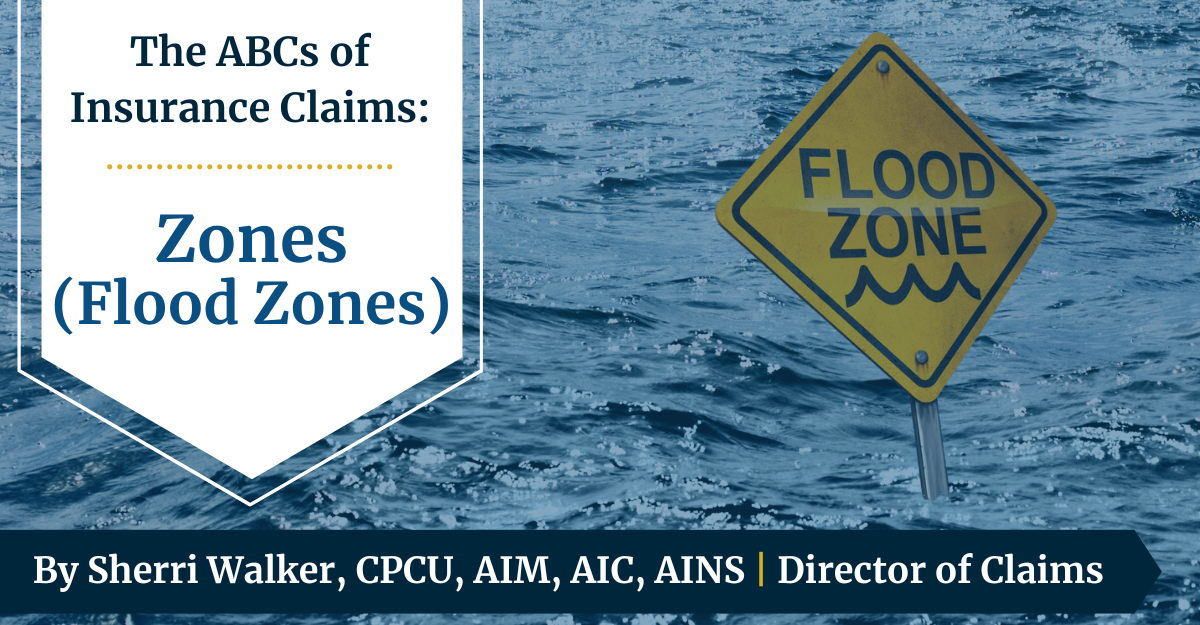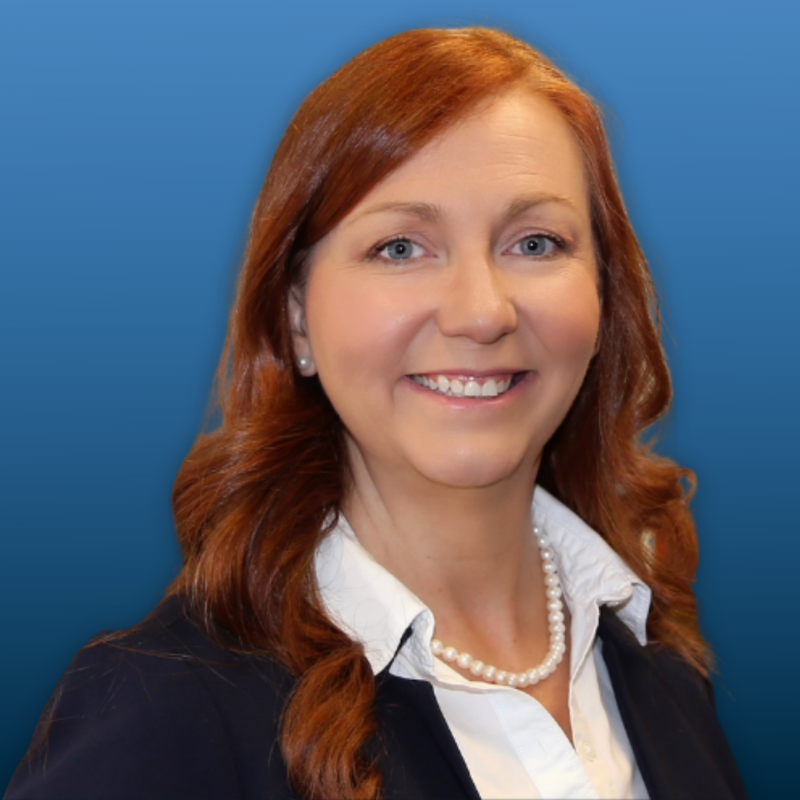Welcome to the ABCs of Insurance Claims. Where Sherri Walker, Sentinel’s Director of Claims addresses an aspect of claims handling for every letter of the alphabet to help provide a better understanding of the claims process.
Z is for Zones - Flood Zones
Here we are, on the last legs of the ABCs of Claims series. When I first started out on this A-to-Z journey, I immediately had an idea for most every letter of the alphabet…except for Z. It took some stretching to find an insurance term that started with Z, and so I present to you Zones, as in Flood Zones (also known as the hardest places to properly insure).
This letter has organically ended up right smack in the midst of Hurricane Season, so in honor of the timeliness, let’s kick it off with some Flood Facts from FEMA (say that 3 times fast!):
- Floods are the #1 Natural Disaster in the United states, historically averaging $2.4 Billion (with a B) losses per year over the past decade, and over $1 Trillion since 1980.
- Even just an inch of water can cause costly damage to property
- 30% of all flood insurance claims are filed in low to moderate risk areas
- New construction can actually change flood zones due to alteration of natural runoff paths
Why Flood Zones Exist
In 1968, Congress created the National Flood Insurance Program (NFIP) to identify what areas within communities were more prone to flooding. The NFIP partners locally with FEMA, and their combined efforts include the creation of new zones and tweaks to existing ones.
Its important that we have accurate flood maps in order to properly ensure that property owners are managing their own risk as much as possible. Because of this, there was a shift in 2020 when FEMA began using private sector data to shift the way that risk is calculated. This means that properties that were simply noted as “Inside or Outside” a 100-year flood zone were now on a graduated range of potential impact. The new maps created change the Base Flood Elevation (BFE) in many areas of the country where flooding is especially problematic (we’re looking at you, Florida).
Base Flood Elevation (BFE)
BFE is defined as “the anticipated height of floodwaters during a 100-year flood”. To break that down, think of the storm of the century – if it were the worst storm ever that could possibly happen in your lifetime, how high do we expect that the waters could rise? For example, if the BFE is computed as EL3, then there’s an anticipation of a 3-feet rise in waters, and as such, any property that is within 3 feet of the ground is at risk.
This is why many homes and buildings in coastal areas are built on risers or stilts. This puts the part of the property which is at risk for damage above the anticipated rise of the water during the worst of storms. Like all things in life, there is a balance here; the higher above the BFE a property is, the lower the premiums for flood insurance run.
Flood Zone Ratings
There are 14 widely accepted Flood Zone ratings established by FEMA, as seen below. Flood insurance is not required for 5 of the zones. As we make our way towards High Risk, especially High Risk Coastal, there is a greater need for coverages to be properly evaluated and rated.
You may notice that in this graphic, that some of these zones require an Elevation Certificate. This is a form that NFIP likely already has on file for your property. They are typically generated by the developer when a parcel of land is set to be cleared for construction and signed off on by the state’s NFIP coordinator. There was likely a copy included with the closing paperwork on your property if it is in a mandatory flood zone. This form is important if you are seeking flood coverage on a property for the first time.
Flood Premiums
So, what does all this mean? The long and short of it is that flood zones directly affect the flood premium charged. Review of your specific flood zone can help you assess your risk for flood losses and help to make sure that your insurance is properly rated to protect you in the event of a flood.
Flood zones do change over time, and FEMA makes it easy to determine what zone your home or business property falls into. If you’d like to see what your property’s current flood zone looks like, you can head over to msc.fema.gov/portal/home and simply type in your address. There are also other resources available here to help make sure that you are adequately covered in the event of a flood, including materials and resources to help you locate flood coverage.
Safeguarding Your Success
And with that, we are ready to close out the ABCs of Insurance Claims series. We hope you have enjoyed this look at some of the common claims questions that regularly arise, and that you’ve learned something of value along the way.
If you have questions about how your policy reacts to a flood, or whether you’re adequately covered, our Approachable, Beneficial, Courteous, Dedicated, Educated, Friendly, Genuine, Honest, Incredible, Joyful, Knowledgeable, Loyal, Motivated, Nurturing, Objective, Positive, Quick-thinking, Resourceful, Sincere, Thoughtful, Useful, Venerable, Welcoming, eXcellent, Yearning and Zealous team is ready to help. Here at Sentinel, we are happy to run the gamut from A to Z in the interest of Safeguarding Your Success!



